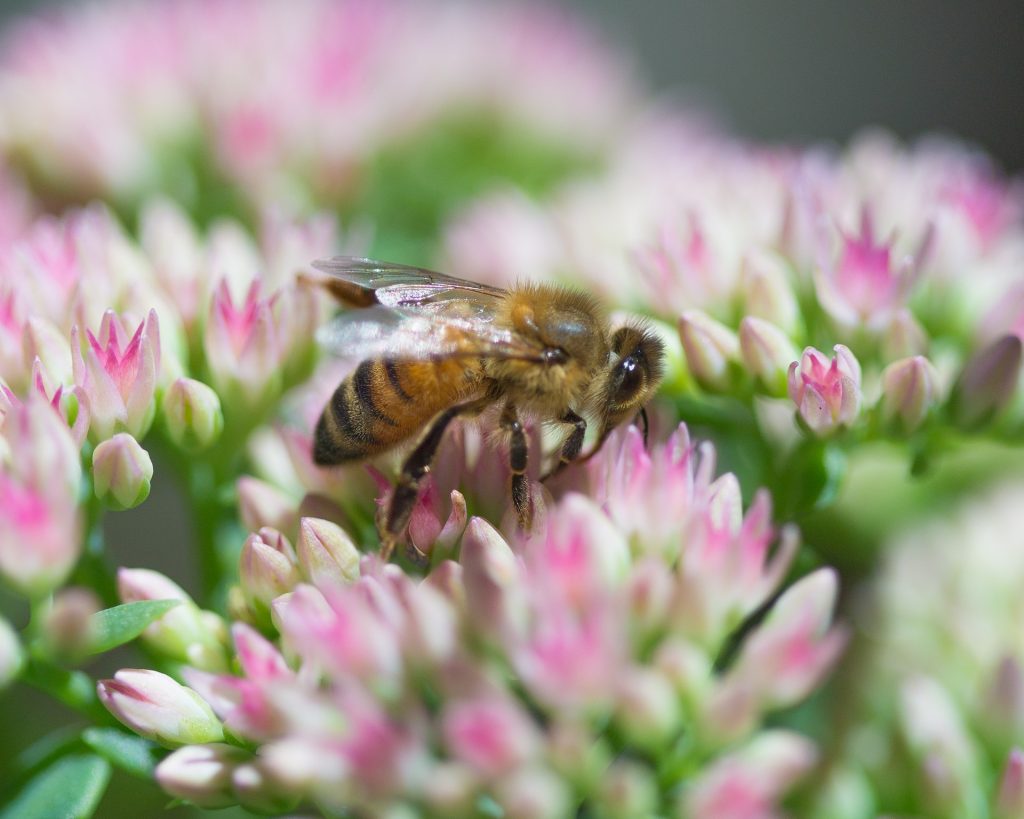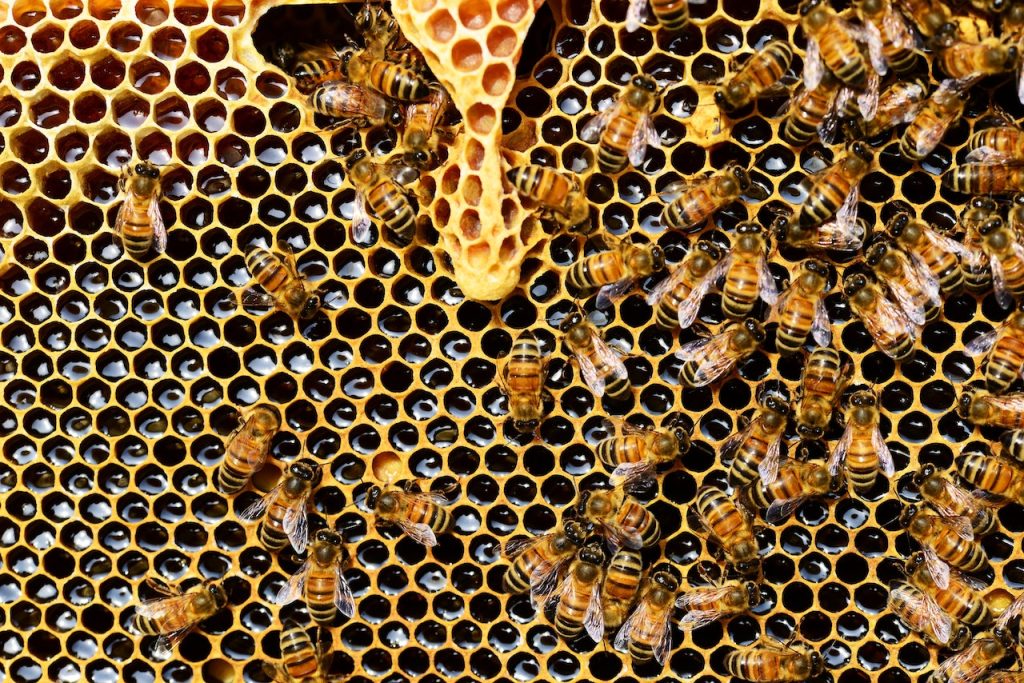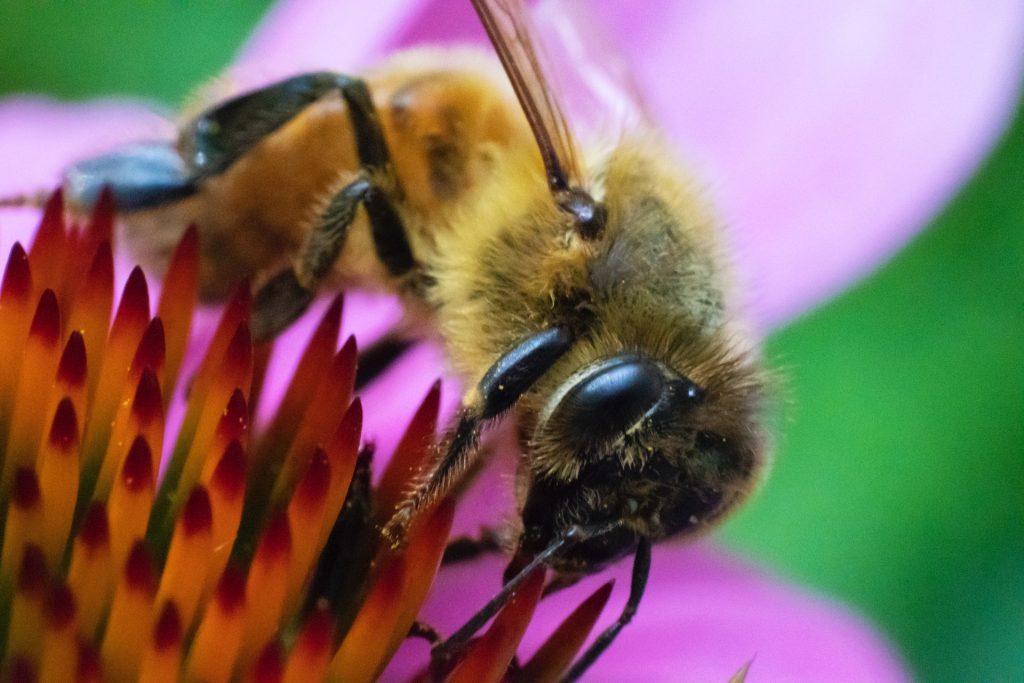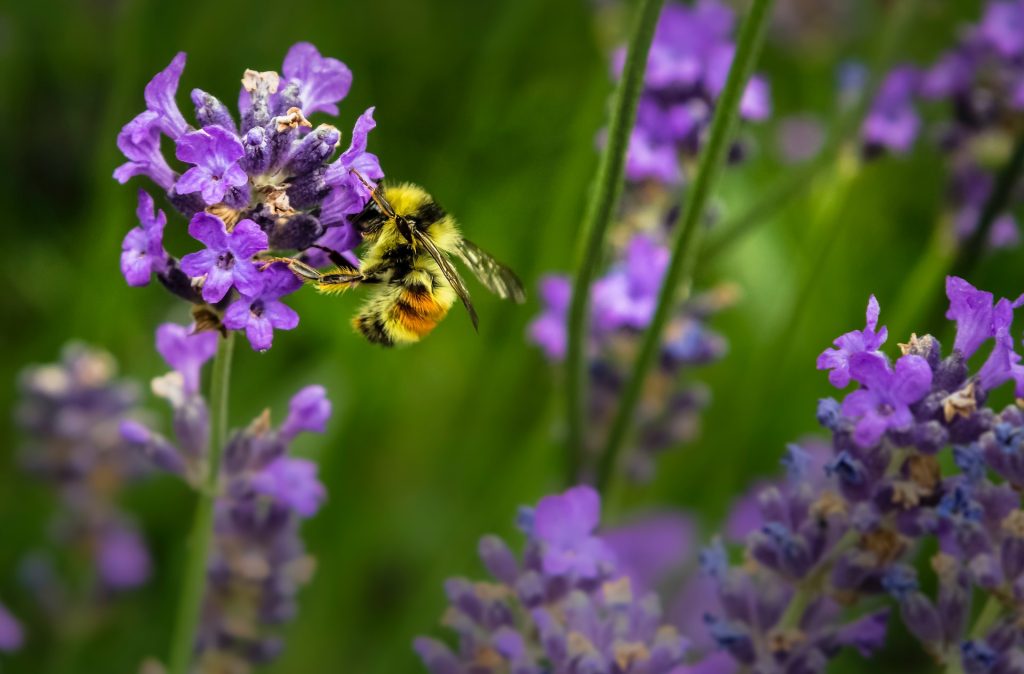Bees are essential pollinators that play a crucial role in maintaining ecosystem health and supporting global food production. While honeybees receive much attention for their role in pollination, it is equally important to focus on the conservation of wild bees. Wild bees encompass a diverse range of species, including bumblebees, solitary bees, and other native bees. They are vital contributors to pollination services and the maintenance of natural ecosystems. In this article, we will explore the importance of protecting wild bees and their habitats and discuss the ways in which we can take action to ensure their survival.
The Role of Wild Bees in Pollination
Wild bees are prolific pollinators and are responsible for the pollination of numerous plant species. They exhibit different foraging behaviors and preferences, allowing for efficient pollination across various habitats and plant types. Unlike honeybees, which primarily focus on agricultural crops, wild bees contribute to the pollination of wildflowers, trees, shrubs, and other native plants. This diverse range of pollination services is critical for maintaining biodiversity and the overall health of ecosystems.
Biodiversity and Ecosystem Services
The preservation of wild bees and their habitats is crucial for supporting biodiversity. Wild bees, along with other pollinators, are integral to the reproductive success of many plant species, including those that provide food and shelter for other wildlife. By participating in plant reproduction, wild bees contribute to the formation of seeds, fruits, and nuts, which are essential food sources for birds, mammals, and other insects. The loss of wild bee populations can disrupt these ecological interactions, leading to cascading effects throughout the food chain.
Crop Pollination and Agricultural Productivity
In addition to their contribution to natural ecosystems, wild bees also play a significant role in crop pollination. While honeybees are commonly used for commercial crop pollination, wild bees contribute to the pollination of numerous crops, including fruits, vegetables, oilseeds, and nuts. Their diverse foraging behaviors and ability to visit a wide range of plant species make them valuable partners in agricultural systems. Studies have shown that the presence of wild bees in agricultural landscapes can enhance crop yields and improve the quality of fruits and seeds.
Resilience and Adaptability
Wild bees exhibit a wide range of adaptations, enabling them to thrive in diverse environments and climates. Their resilience and ability to adapt to local conditions make them essential components of natural ecosystems and agricultural landscapes. By preserving wild bee populations, we maintain genetic diversity within bee species, which is essential for their ability to withstand environmental changes, diseases, and other threats. Preserving wild bees and their habitats enhances the overall resilience and adaptability of pollinator populations.
Threats to Wild Bees and Their Habitats
Despite their ecological importance, wild bees face numerous threats that have resulted in population declines and habitat loss. These threats include:
- Habitat Destruction: The destruction and fragmentation of natural habitats due to urbanization, agriculture, and land-use changes are major threats to wild bees. As natural landscapes are converted into monoculture agricultural fields or urban areas, the availability of suitable habitats for wild bees decreases, leading to population declines.
- Pesticide Exposure: The use of pesticides, including insecticides and herbicides, poses a significant risk to wild bees. Exposure to these chemicals can lead to mortality, reduced foraging efficiency, and impaired reproductive success. Pesticide drift from agricultural fields can also affect nearby natural habitats, further impacting wild bee populations.
- Climate Change: The changing climate poses challenges for wild bees as they rely on specific temperature and climatic conditions for their life cycles. Climate change can disrupt flowering patterns, alter plant-pollinator relationships, and affect the synchronization between bees and their floral resources. These changes can result in mismatches between bees and the availability of food, impacting their survival and reproductive success.
- Invasive Species: Invasive species, such as certain bee species and non-native plants, can have negative impacts on native wild bees. Invasive bees may outcompete or directly harm native bees, while invasive plants can reduce the availability of suitable forage resources.
Conservation Strategies for Wild Bees
To protect wild bees and their habitats, concerted efforts are needed at individual, community, and governmental levels. Here are some strategies for wild bee conservation:
- Habitat Conservation: Preserving and restoring natural habitats, including meadows, forests, wetlands, and hedgerows, is crucial for wild bee conservation. Creating protected areas, promoting habitat connectivity, and implementing sustainable land-use practices that support diverse flowering plant communities are vital for providing suitable habitats and forage resources.
- Native Plant Restoration: Planting native flowering plants in gardens, parks, and urban spaces can provide crucial forage resources for wild bees. Native plants have co-evolved with native bee species, ensuring a mutually beneficial relationship. Including a diversity of flowering plants that bloom throughout the seasons can support bees throughout their life cycles.
- Reduced Pesticide Use: Minimizing pesticide use, particularly the application of systemic insecticides, is essential for wild bee conservation. Adopting integrated pest management practices, supporting organic farming methods, and promoting pesticide-free urban and suburban environments can reduce the exposure of wild bees to harmful chemicals.
- Public Awareness and Education: Increasing public awareness about the importance of wild bees and their conservation is vital. Education initiatives, community outreach programs, and public campaigns can raise awareness about the value of wild bees and inspire actions to protect their habitats.
- Collaboration and Policy Support: Collaboration among scientists, beekeepers, land managers, policymakers, and the public is crucial for effective wild bee conservation. Supporting policies that promote habitat conservation, pesticide reduction, and the protection of wild bee species can provide a framework for conservation efforts.
The conservation of wild bees and their habitats is essential for the maintenance of biodiversity, the provision of ecosystem services, and the sustainability of global food production. As important pollinators, wild bees contribute to natural ecosystems and agricultural landscapes, playing a vital role in plant reproduction and crop pollination. Recognizing and addressing the threats faced by wild bees, including habitat loss, pesticide exposure, climate change, and invasive species, is critical for their long-term survival. By implementing conservation strategies at individual and collective levels, we can protect wild bees and ensure their valuable contributions to our natural world.





